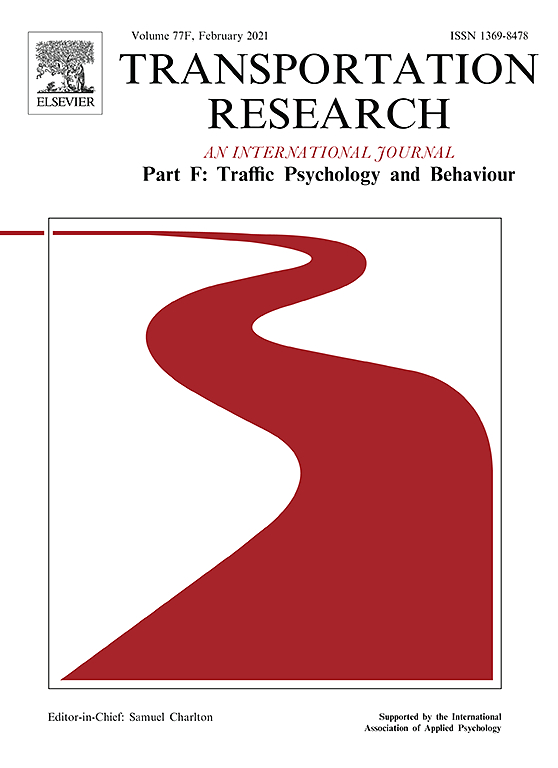
Driver behavior is a key determinant of road safety. Risky behaviors can be measured and quantified using traditional and modern methods, which enables the assessment of the driver’s behavior. Following lessons from safety science, it is important to analyse and manage risks factors to optimize interventions in the transport context at the territory. The main objective of the paper is to explore the star rating of the driver’s behavior to provide credible road safety monitoring and identification of the factors that most contribute to risky driving behaviors. The Data Envelopment Analysis method for selection of most significant factors is used for star rating of driver’s behavior. The subject of the analysis encompasses 18 factors for 27 police administration units (PAUs) in the Republic of Serbia. The results are analysed regarding the following aspects: 1) star rating of driver’s behavior and 2) defining the stages of the periodic factors monitoring for each PAU analysed. Using a mobile phone while driving, not using child restraints system, alcohol drunk driving during the night and seat belt use at rear seats of passenger vehicles were identified as the most significant factors associated with risky driving behaviors. Monitoring a broader set of factors helps to identify the strengths and weaknesses of a territory’s road safety system. Star rating of driver’s behavior as a tool intended for decision-makers ensures monitoring, management, the exchange of evidence-based and customized best practices and defining earlier goal-oriented actions to manage driver’s behavior and to prevent risky driving.
| ID | pj238 |
| DOI | |
| Tags |













